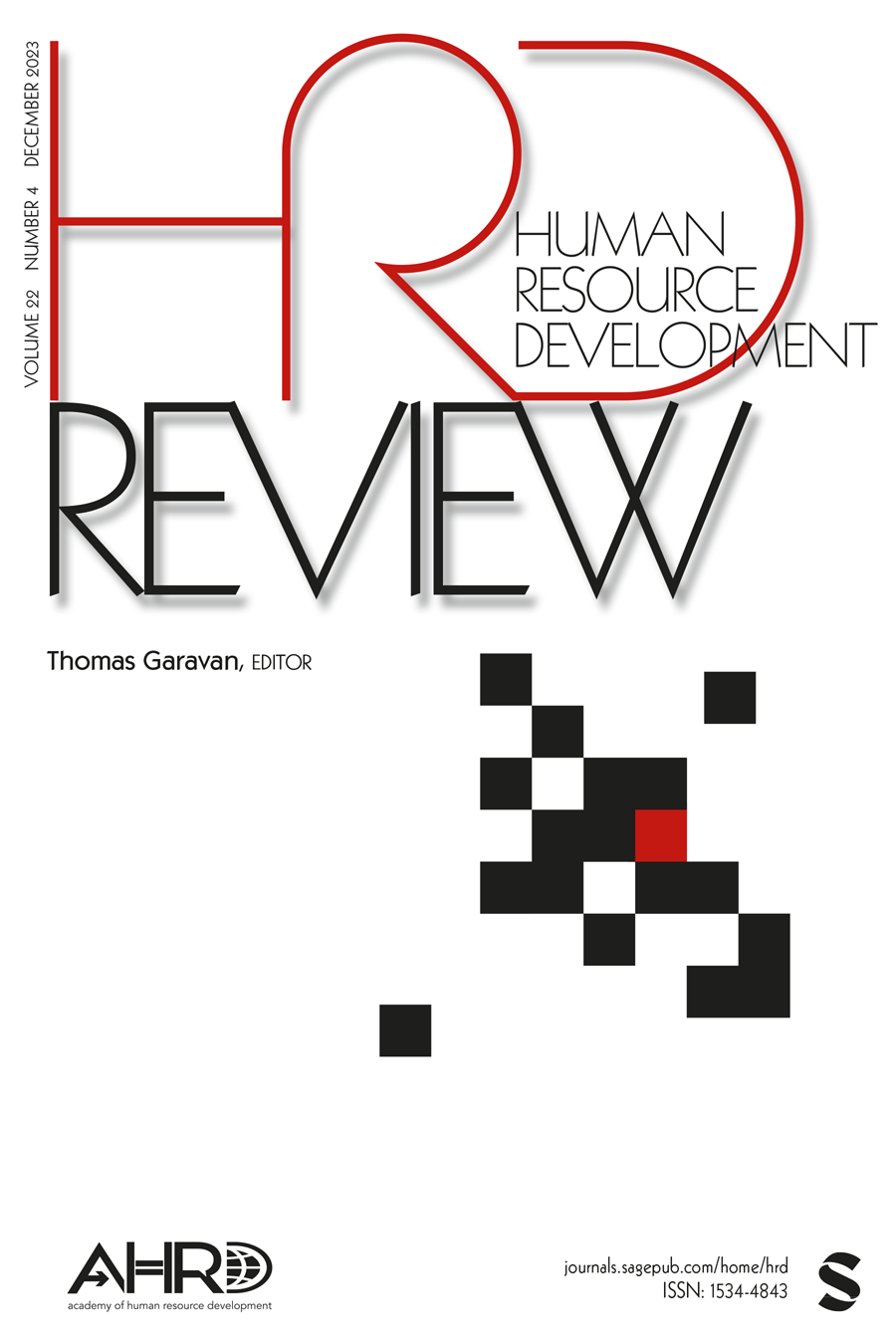编者按
IF 4.6
3区 管理学
Q1 MANAGEMENT
引用次数: 0
摘要
摘要:韩国著名女艺术家苏南云(1939–)将绘画、服装、垃圾、丝网、木板等元素融合在一起,创作出代表家庭和母亲等常见主题的装置作品。她经常描绘在韩国社会父权制条件下受苦和坚持的女性,父权制剥夺了女性的社会认可。Yun试图通过将女性形象重塑为强大的历史偶像来挑战这些传统,就像Escobar Marisol(1930-)在20世纪60年代对待她的主题一样。在他们对材料和主题的选择上,相似之处显而易见。然而,云的作品不仅仅是西方同行的翻版;尽管如此,她的艺术形式和概念上的“亲密”有助于进行后结构主义分析,从而揭示出欲望、抵抗和模糊的层次。本文利用Homi Bhabha的“模仿”理论探讨了Yun的《母亲》系列,以展示她的作品如何揭示韩国主题与“他者”之间的混乱和差异。换句话说,在她的作品中,我们可以察觉到与西方同行参与对话的愿望。然而,Yun强烈植根于她作为韩国主体的身份,她表达了改变甚至抵制这些传统的愿望。本文章由计算机程序翻译,如有差异,请以英文原文为准。
Editor’s Note
Abstract:Suk-Nam Yun (1939–), a leading female artist in Korea, integrates painting, clothing, rubbish, silk-screens, and planks of wood to create installations representing such familiar motifs as family and mother. She often depicts women who have suffered and persevered under the patriarchal conditions of Korean society, a patriarchy that has deprived women of social recognition. Yun attempts to challenge these conventions by recreating images of women as strong historic icons, in much the same way that Escobar Marisol (1930–) approached her subjects in the 1960s. In their choice of materials and subject matter, the similarity is clearly visible. However, Yun’s work is more than simply a copy of her Western counterpart; it is infused with a spirit that is uniquely Korean.Nonetheless, her art’s formal and conceptual ‘closeness’ lends itself to a poststructuralist analysis, thereby revealing layers of desire, resistance, and ambiguity. This article explores Yun’s Mother series using Homi Bhabha’s notion of ‘mimicry’ theory in order to demonstrate how her work reveals the disruption and discrepancy between the Korean subject and the “other.” In other words, in her work, we can detect a desire to participate in a discourse with her Western counterparts. Yet strongly rooted in her identity as a Korean subject, Yun expresses a desire to transform and even resist those same conventions.
求助全文
通过发布文献求助,成功后即可免费获取论文全文。
去求助
来源期刊

Human Resource Development Review
MANAGEMENT-
CiteScore
9.60
自引率
17.20%
发文量
35
期刊介绍:
As described elsewhere, Human Resource Development Review is a theory development journal for scholars of human resource development and related disciplines. Human Resource Development Review publishes articles that make theoretical contributions on theory development, foundations of HRD, theory building methods, and integrative reviews of the relevant literature. Papers whose central focus is empirical findings, including empirical method and design are not considered for publication in Human Resource Development Review. This journal encourages submissions that provide new theoretical insights to advance our understanding of human resource development and related disciplines. Such papers may include syntheses of existing bodies of theory, new substantive theories, exploratory conceptual models, taxonomies and typology developed as foundations for theory, treatises in formal theory construction, papers on the history of theory, critique of theory that includes alternative research propositions, metatheory, and integrative literature reviews with strong theoretical implications. Papers addressing foundations of HRD might address philosophies of HRD, historical foundations, definitions of the field, conceptual organization of the field, and ethical foundations. Human Resource Development Review takes a multi-paradigm view of theory building so submissions from different paradigms are encouraged.
 求助内容:
求助内容: 应助结果提醒方式:
应助结果提醒方式:


